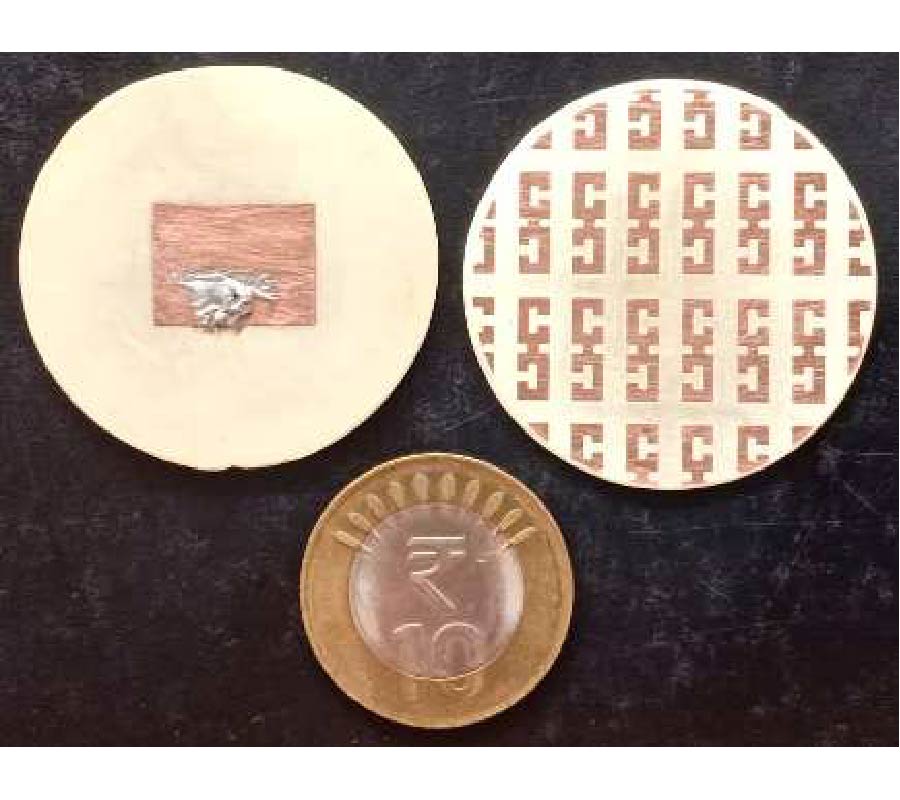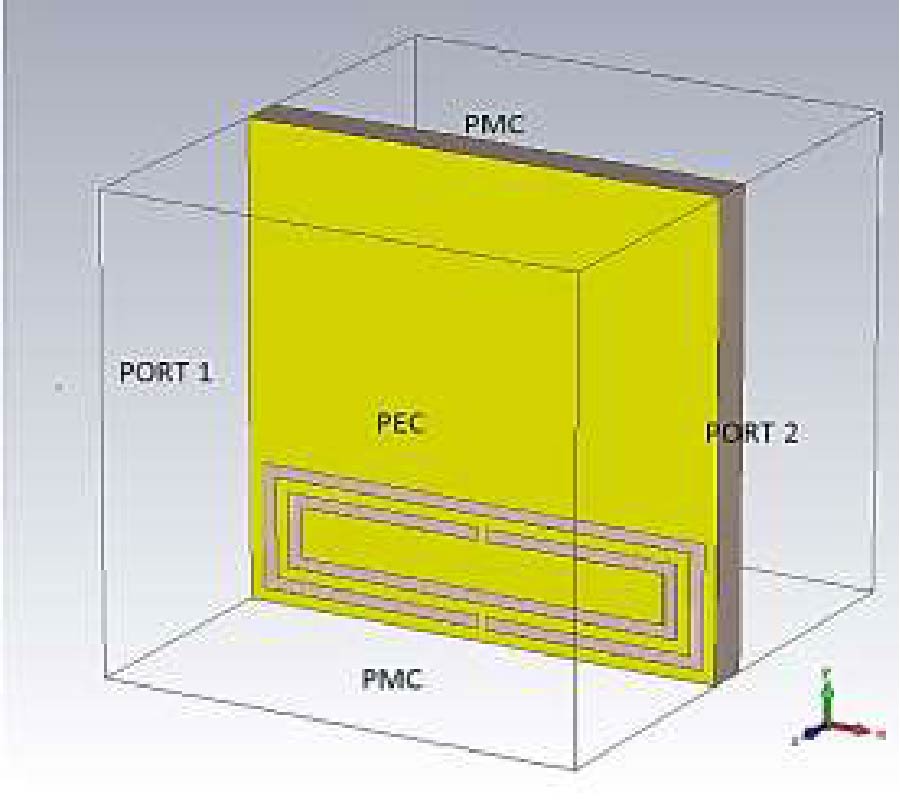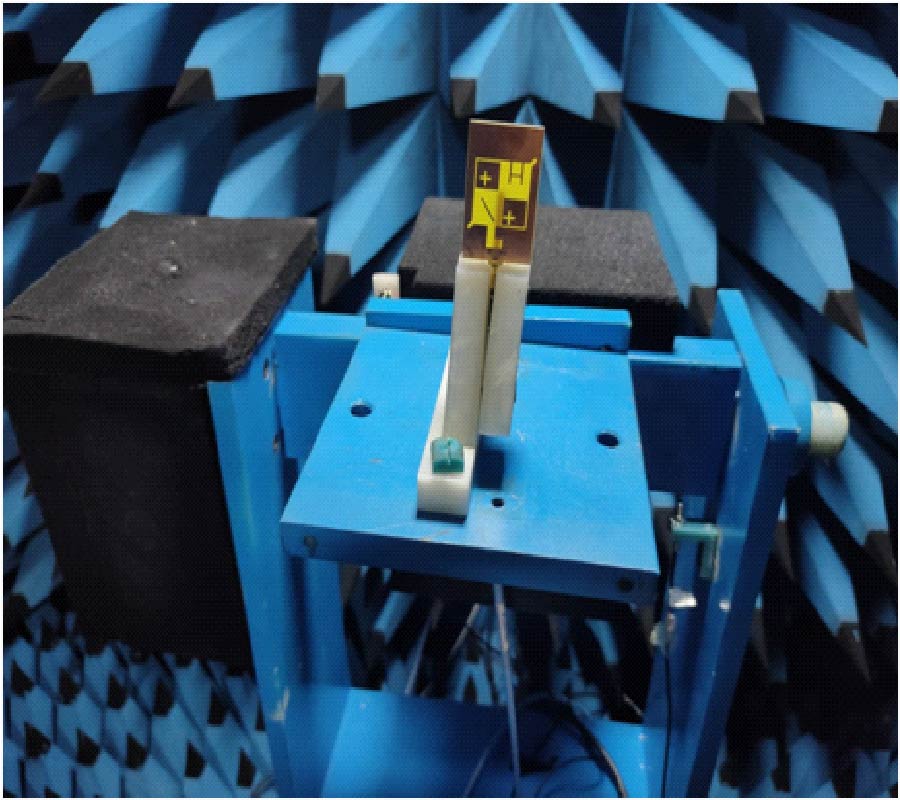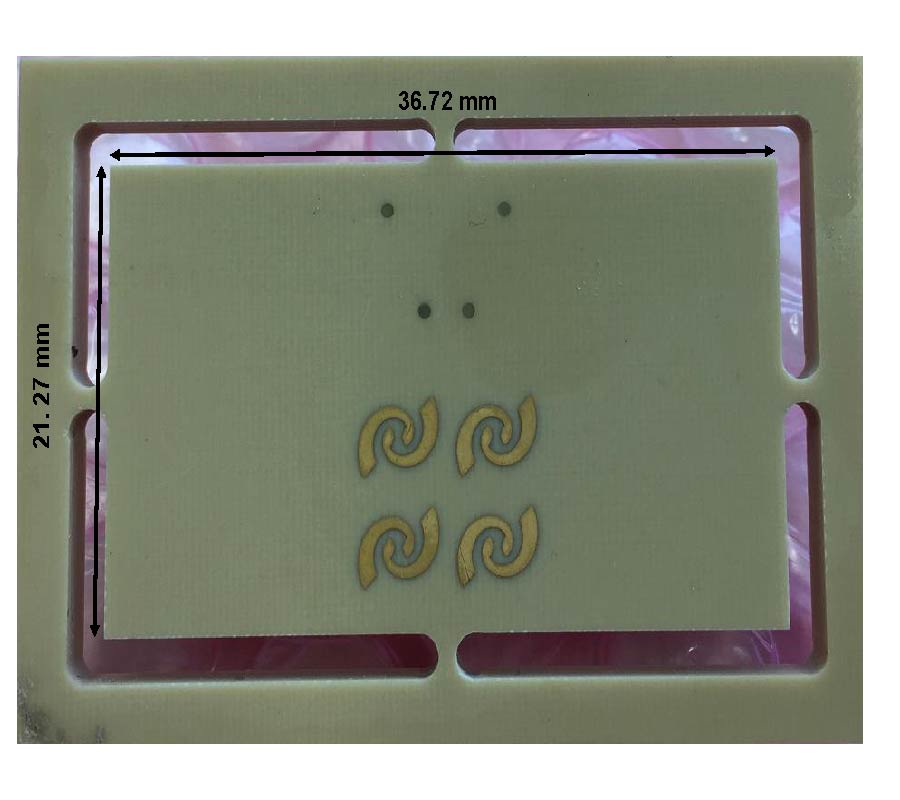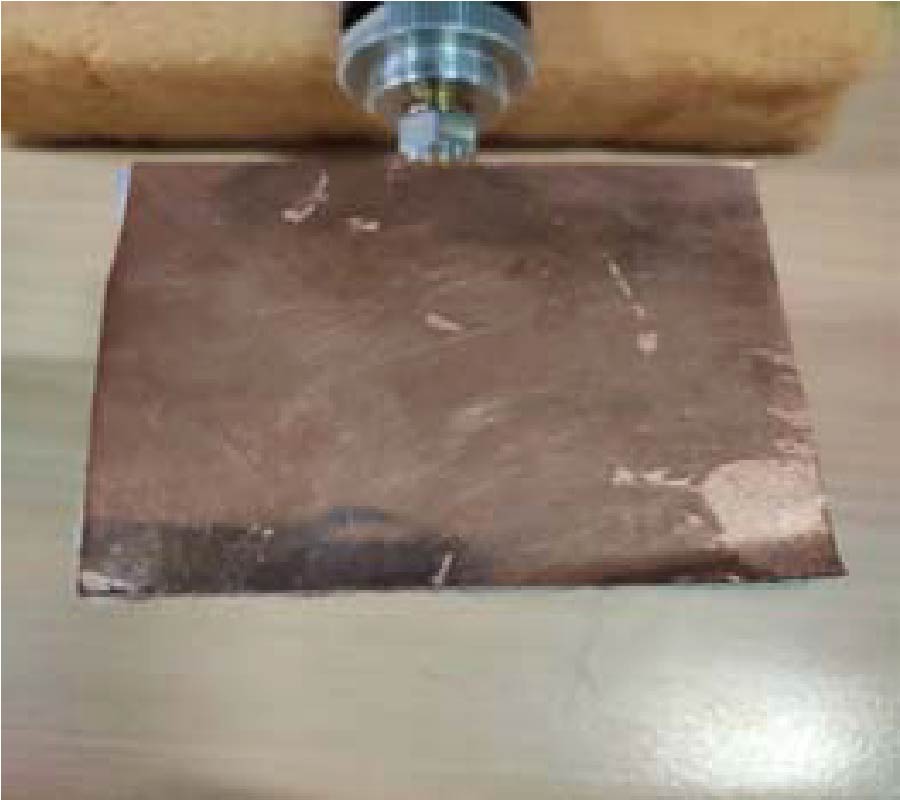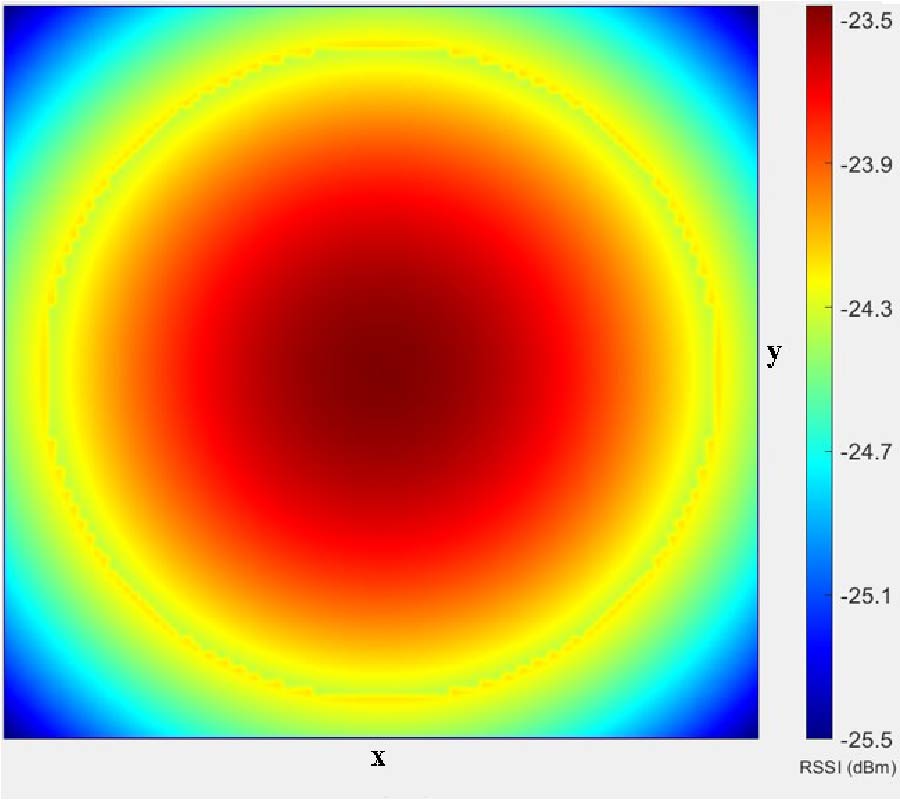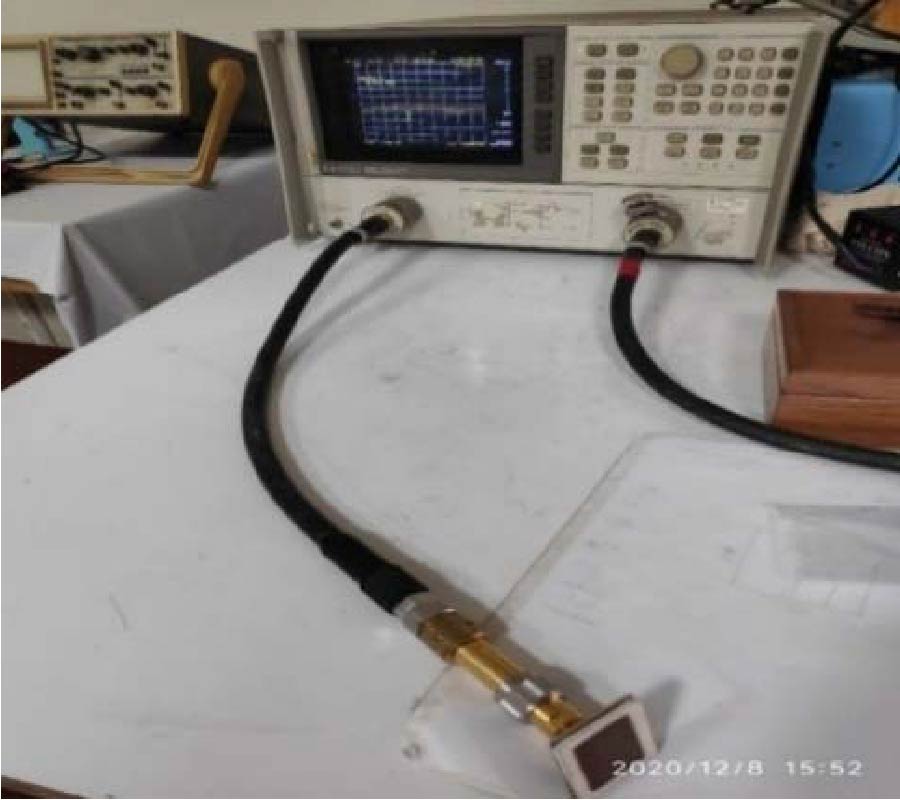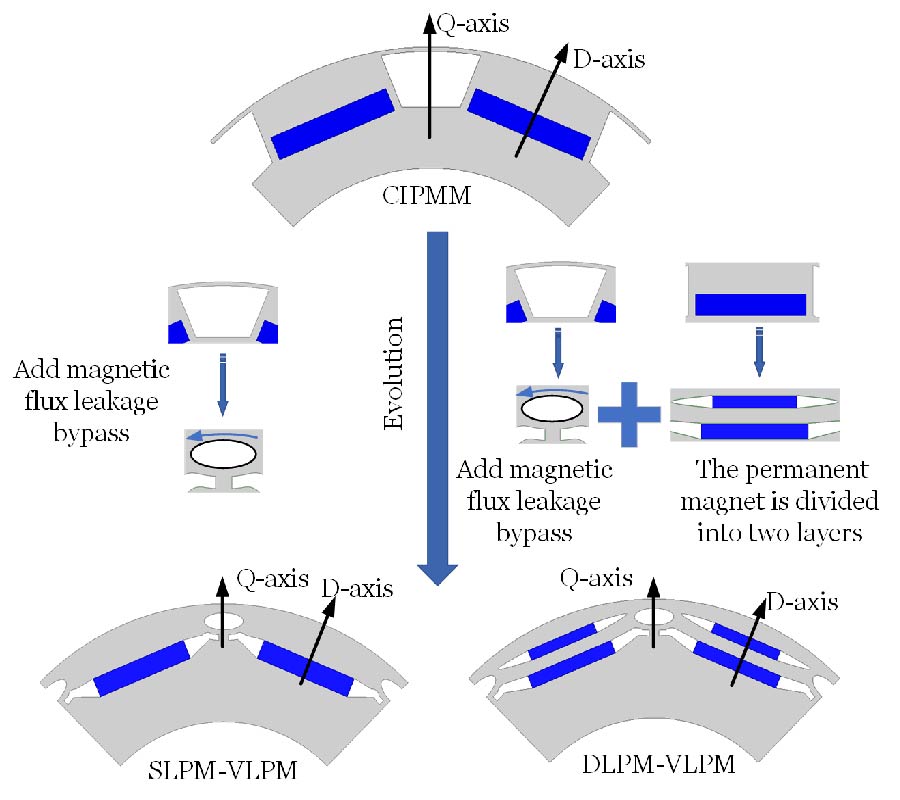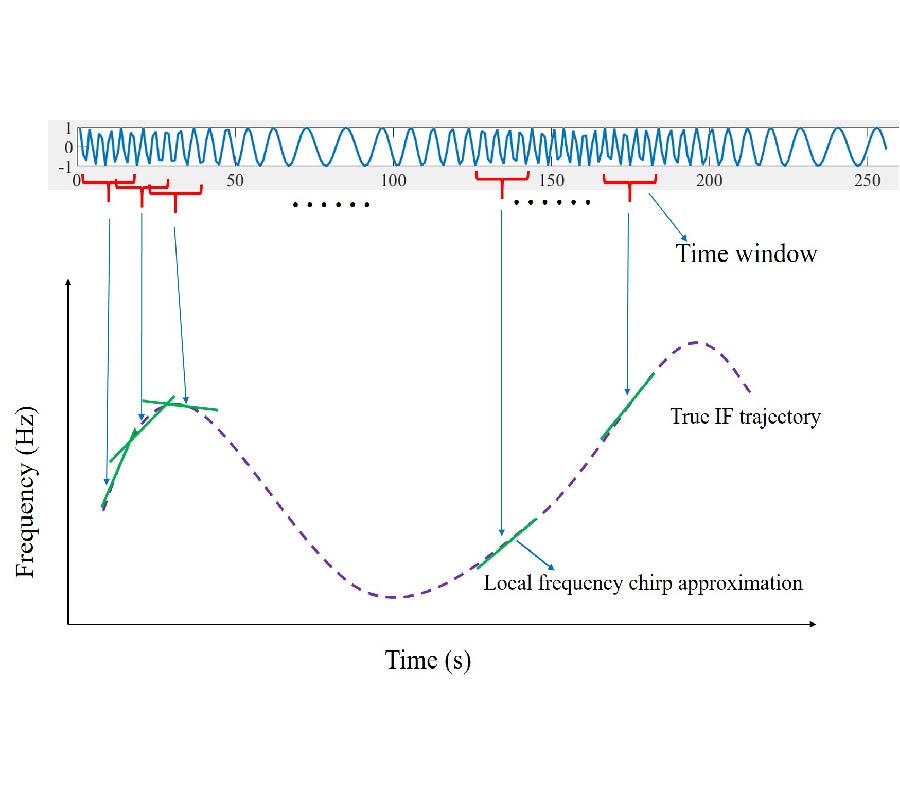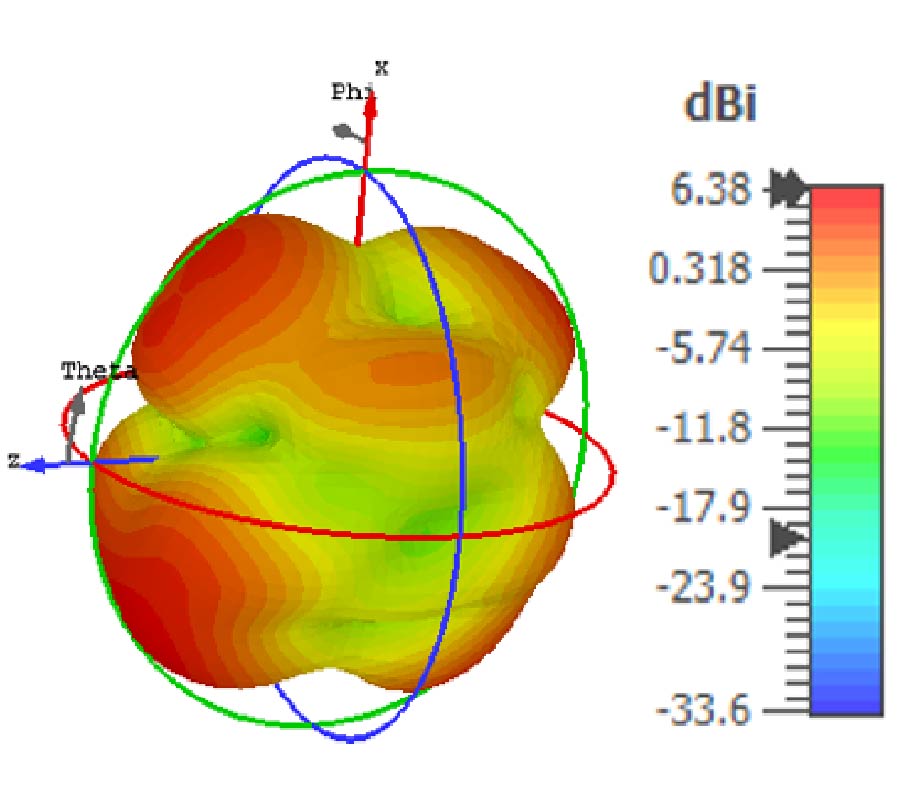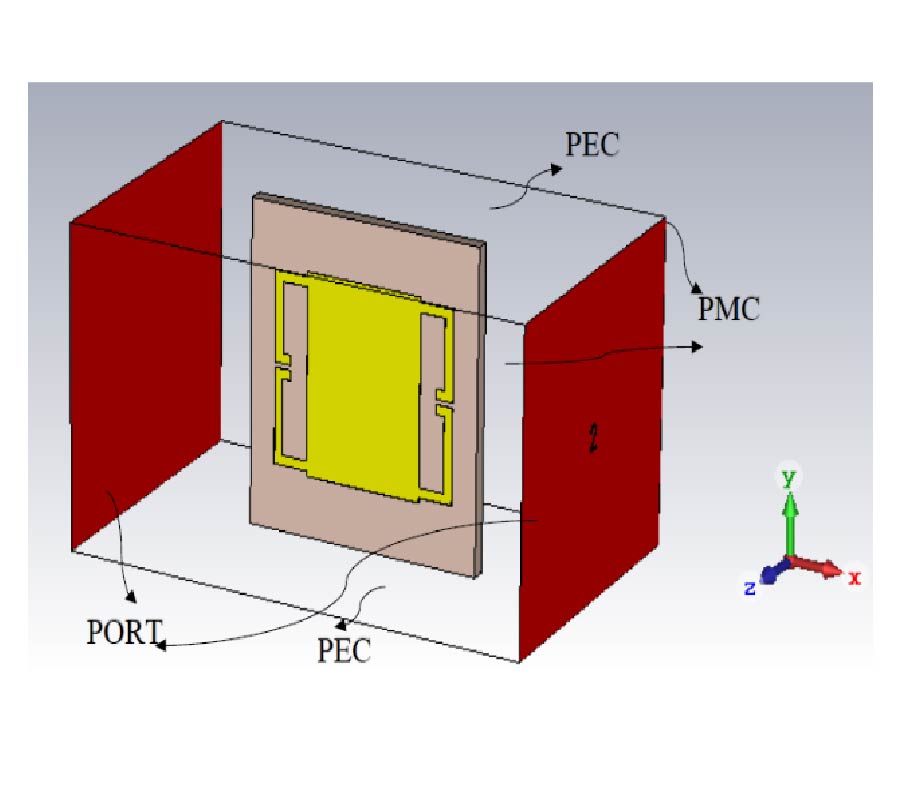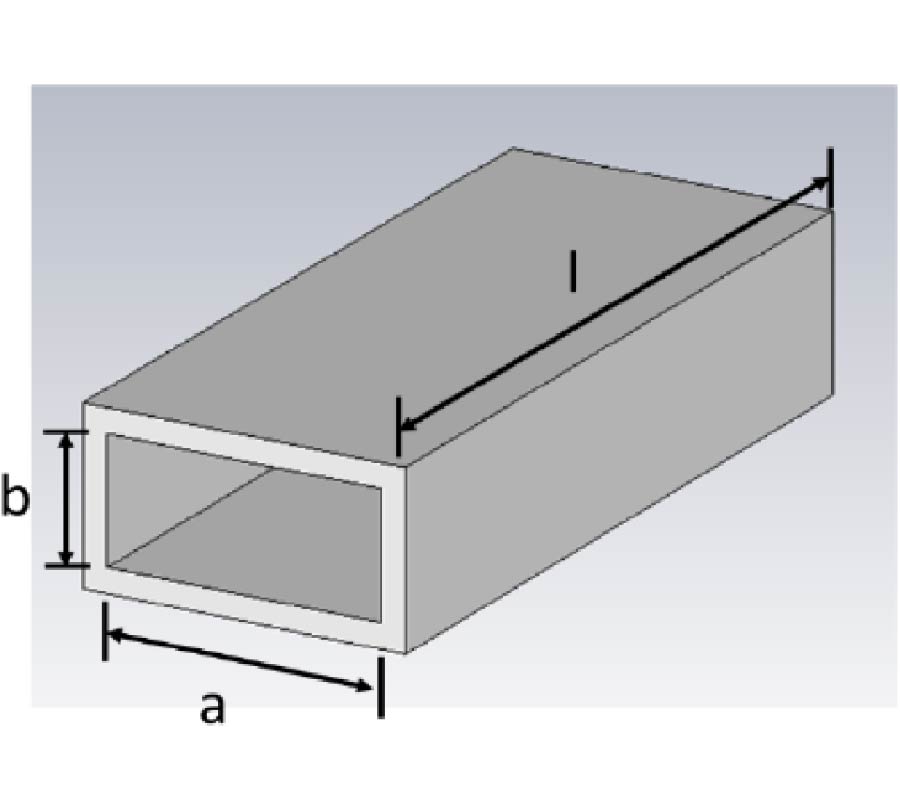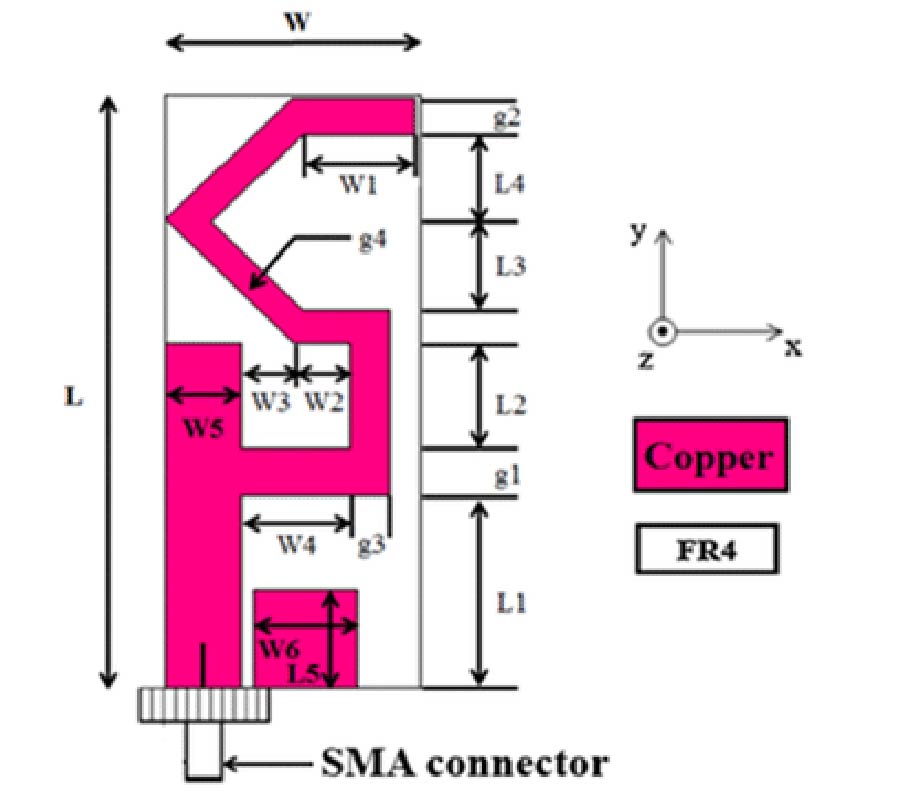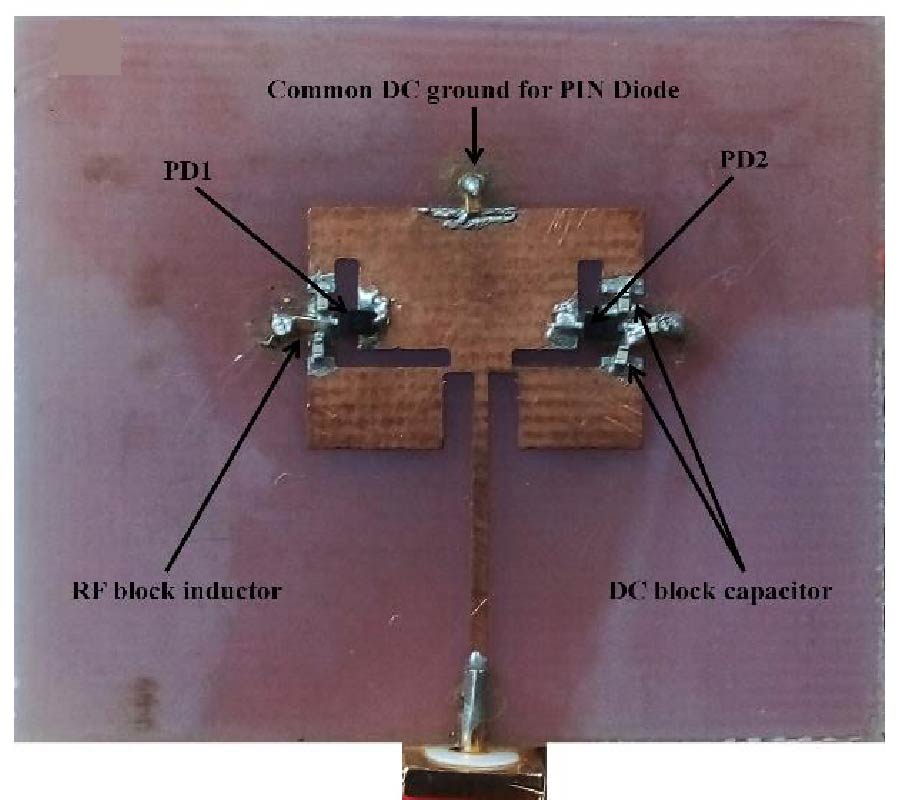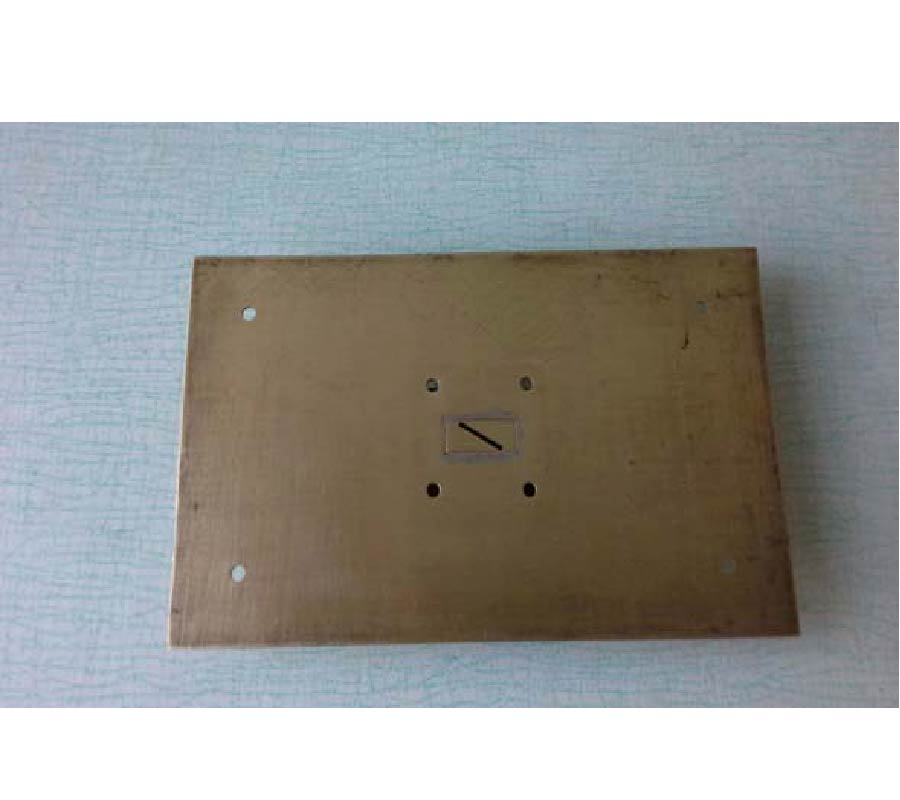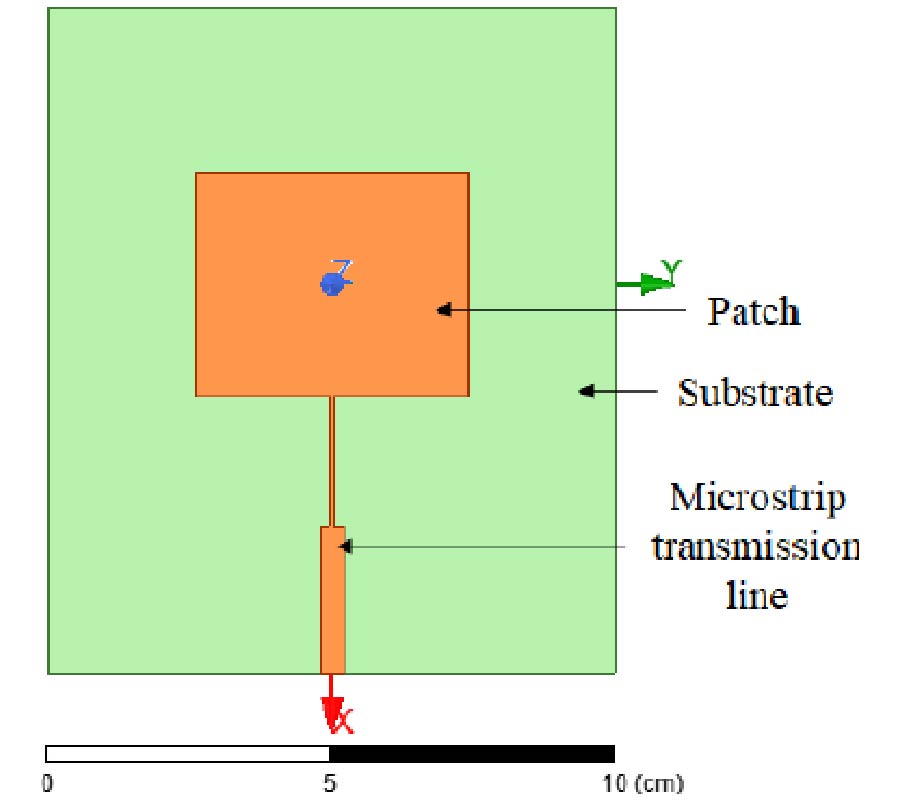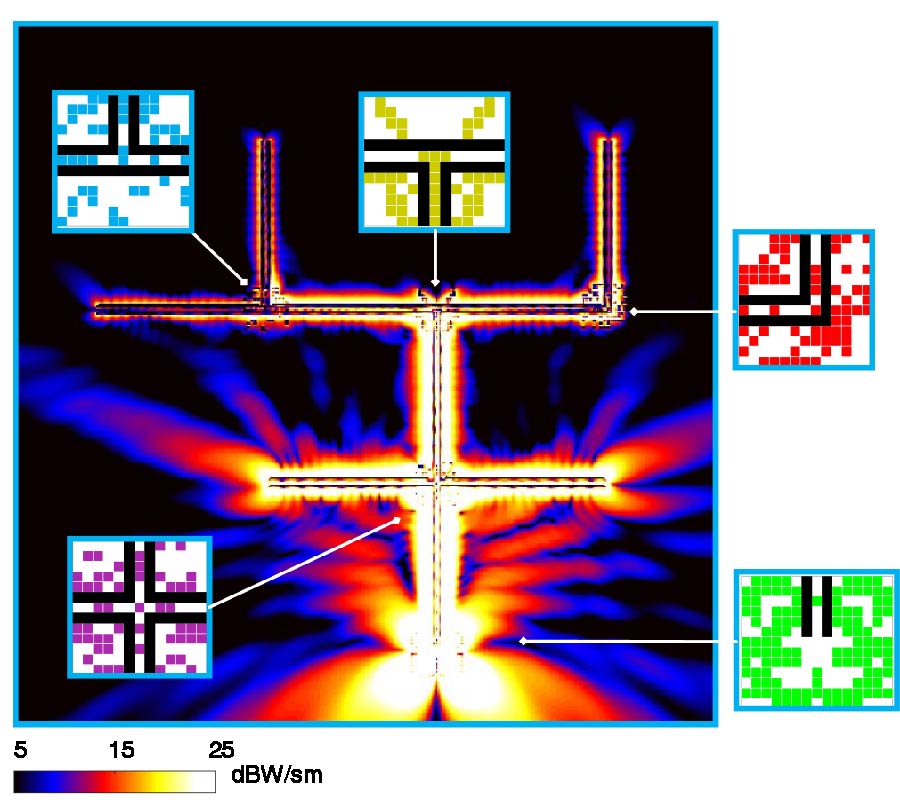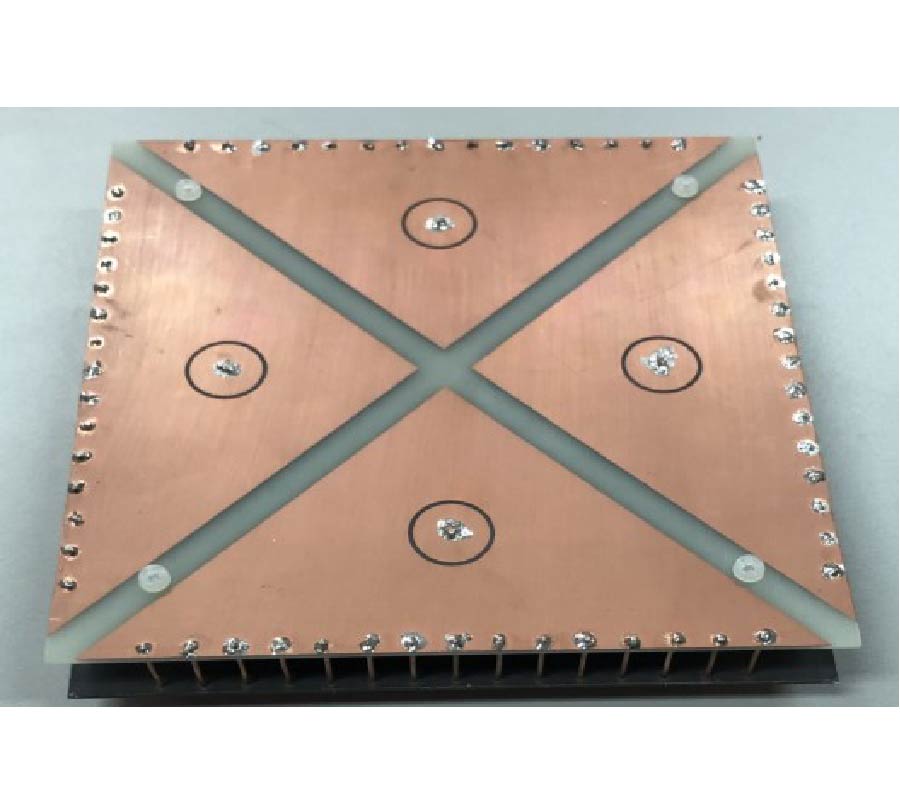Octa-Band Metamaterial Inspired Multiband Monopole Antenna for Wireless Application
Samuel Prasad Jones Christydass and
Nagarajan Gunavathi
In this paper, a Rectangular Monopole Antenna (RMPA) with offset microstrip feed is presented. The structure is fabricated on an FR4 substrate with a dimension of 28 x 32 x 1.6 mm3. The proposed structure achieves multiband operation by engraving 2 Complementary Split Ring Resonators (CSRRs) and a C-Shaped slot. Also, 2 Split Ring Resonators (SRRs) are printed on the adjacent sides of the radiating element. The parametric analysis is used to determine the optimum position of the feed and other critical parameters. The proposed structure operates at 2.25 GHz, 3.86 GHz, 4.60 GHz, 5.64 GHz, 5.86 GHz, 6.94 GHz,7.48 GHz, and 9.47 GHz. The permeability of the SRR and permittivity of the CSRR are extracted and presented. The proposed antenna is fabricated and measured. The measured results of S11, radiation pattern, and gain are on par with the simulated results. The proposed antenna's simulated surface current and efficiency are also presented to validate the performance. Simple structure, stable radiation patten, multiband operation, reasonable gain, and efficiency are the significant features of the proposed RMPA.
